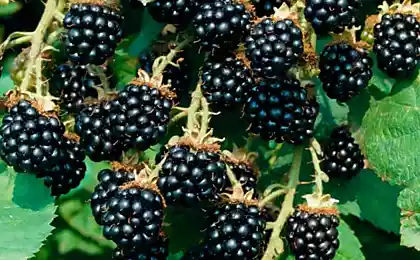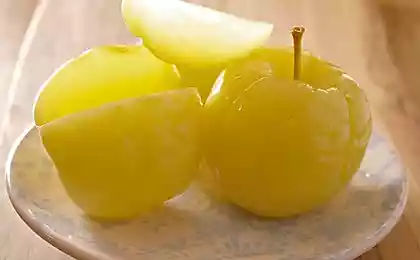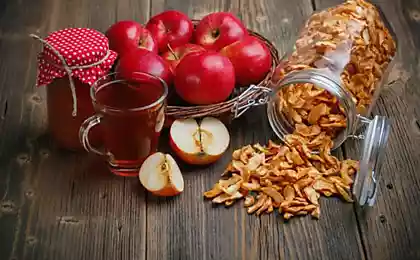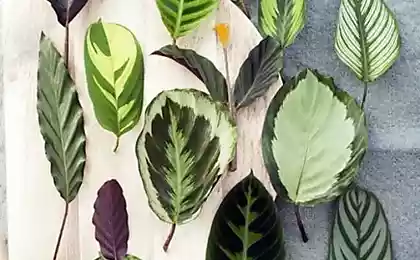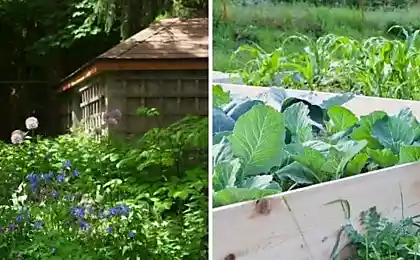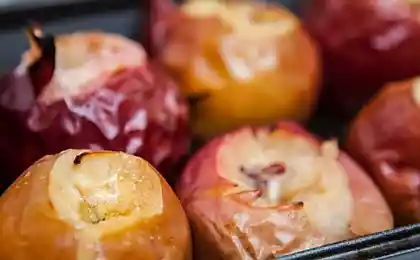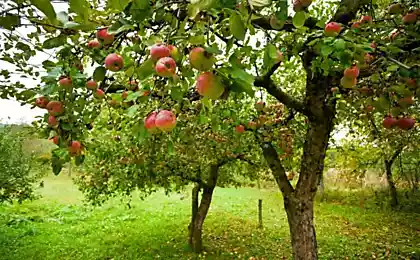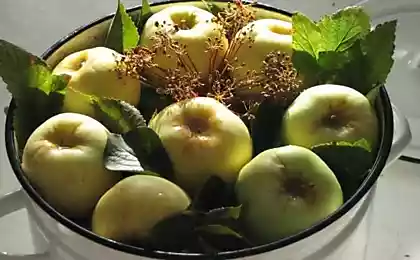194
Gardener-expert: “Do the leaves rotate on the apple tree and pear?” I know why! In time we identify the culprit and save the garden.
Apple trees and pears are the most popular fruit trees in local latitudes, because every gardener without exception should know about the proper care for them. The twisting of leaves in fruit is a frequent phenomenon, and the reasons for it are much more than it seems at first glance. You can find an unpleasant picture on both young and adult trees, but the main thing in this situation is not to panic ahead of time, correctly determine the cause and eliminate it in time.

"Site" will tell Why do the leaves dry and twist?How to find the culprit and deal with the problem in a matter of days. No tree is insured against diseases, pests and improper care!
Treatment of apple trees from diseases and pests
Experienced gardeners recommend at least 2 times a week to inspect your garden, do not forget to regularly fertilize the soil and properly saturate it with moisture. In order not to witness the death of your favorite garden, you need to learn as much as possible about the care of your favorite fruit trees and how to protect them from all kinds of pests.
We hope that our article will be useful to you and your friends, if you, of course, share it in social networks. A generous harvest and a healthy garden!

"Site" will tell Why do the leaves dry and twist?How to find the culprit and deal with the problem in a matter of days. No tree is insured against diseases, pests and improper care!
Treatment of apple trees from diseases and pests
- Lack of water and recharge
Drying soil or lack of nutrients in it is the most common problem, which is not difficult to identify and solve. If you did not pamper the poor soil with fertilizing and did not particularly favor irrigation, the leaves will be the first to say about the lack of nutrients and moisture: first, the upper leaves will twist, dry and fall, and after them the leaves will die down the crown. The solution to the problem is simple: if you notice a shortage of water in your favorite tree, carefully pour its trunk circle so that water penetrates to a depth of 40 cm. At the same time, try to distribute moisture according to the projection of the crown - this is where the suction roots are located. But with the nourishment of the soil, things are not so simple and you will have to play a little to save the garden from extinction.
To begin with, insert 30 g of ammophoska and 1.5 cups of ash into the trunk circle of each tree (per 1 square meter), and after 2 weeks spray the foliage with sodium humate or potassium humate (5 g of dry powder diluted in 10 liters of warm water). After such a nutritional procedure, the crown of the tree should be restored.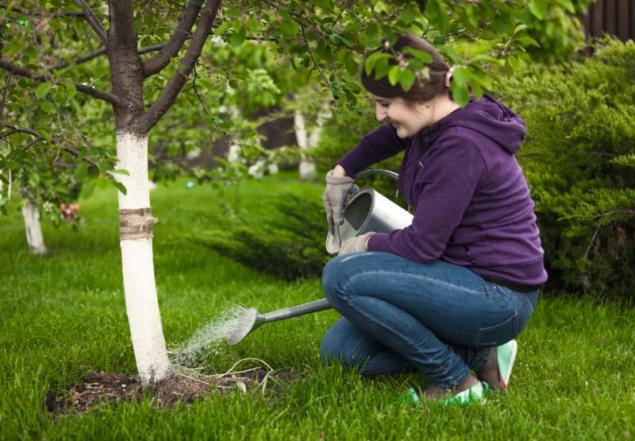
DepositPhotos - Common aphids
Colonies of ordinary aphids are not so easy to see from afar, but near the affected leaves look as if someone crumpled the escape along with the foliage. The aphid sucks literally all the juices out of the tree, so the leaves deform, twist, and then fall off. In addition, the pest carries many diseases that can become deadly for weakened apple trees and young trees. If the tree does not bloom at the time of the aphid invasion, and you do not plan to harvest, expert gardeners recommend resorting to special insecticides. If there are fruits on the branches, then it is better to do with folk methods of fighting aphids.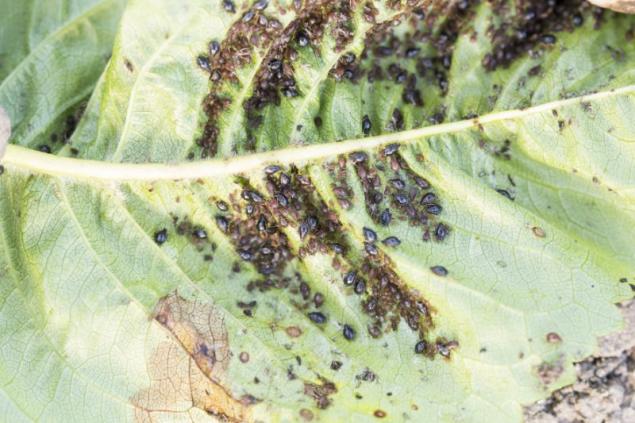
DepositPhotos - Red-hall aphid
Although the pests themselves are quite tiny and dim, the places of their accumulation can be easily calculated by bright red blobs and swirling folds on the leaves. If proper measures are not taken in time, the affected leaves will dry and fall away, and the pests will strike the fruit. Methods of combating red gallic aphids are no different from methods of destroying its usual counterparts: here will be by the way and cleaning of dead bark, and preventive whitewashing of trunks, and removal of the affected leaves, and the use of special insecticides.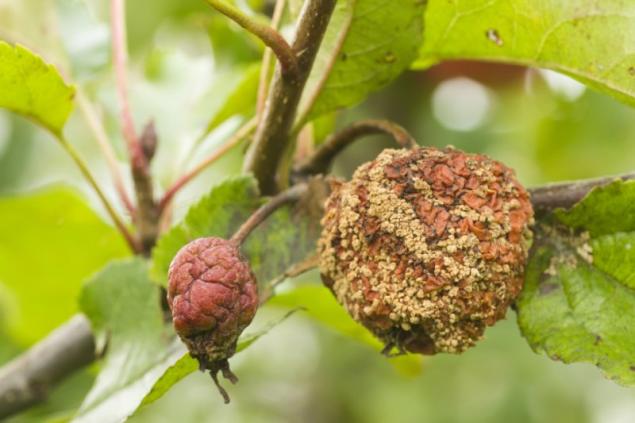
DepositPhotos - Furious dew
Another frequent foliage on apple trees and pears. And although floury dew is not as destructive for apple trees as for other crops, its presence reduces the yield of fruit trees by up to 50%. Effective prevention will be treatment with a 1% solution of Bordeaux liquid, which will help to stop infection, but, unfortunately, will not get rid of it. But to save the tree is possible only with fungicides.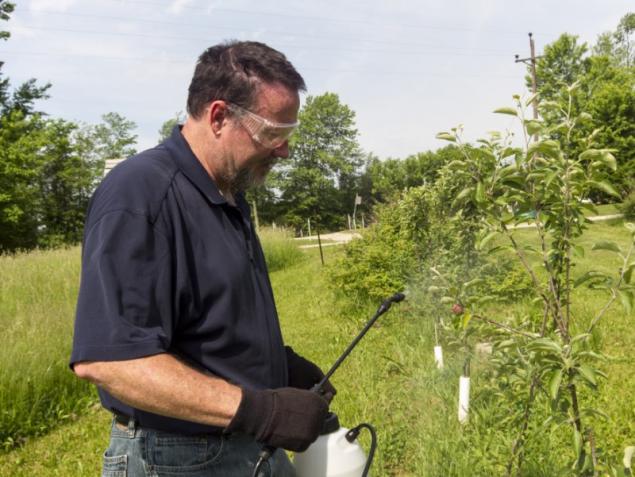
DepositPhotos - Apple scab and pears
Garlic is a common fungal disease that often affects both apple trees and pears. The disease begins with the appearance of brown-olive plaque on the foliage. Over time, individual leaves are twisted, covered with spots, fall, and merciless scab migrates to the fruits, leading to their decay. This is a very serious problem that sometimes even fungicides can not cope with! If the latter did not help, rather proceed to additional feeding: 15 g of potassium sulfate, 15 g of potassium nitrate, 10 g of ammonium nitrate and 10 g of ammonium sulfate diluted in a bucket of warm water and spray the nutrient solution on the leaves of the unfortunate tree. Repeat this procedure after a week, and then two more times after an equal period of time. After such a trick, the tree will surely live!
DepositPhotos - Leafwig
Healthy leaves on a favorite tree twisted into a tube and blackened? It's definitely a leafworm caterpillar that lives on your apple tree and now feeds on its leaves. If you do not get rid of the pest in time, you can lose not only the crop, but also the whole tree. Folk methods of controlling leafworm practically do not bring results, and insecticides are strictly forbidden to use during fruit ripening. The best thing you can do for an apple or pear is to feed it with biologics and pick up the infected leaves by hand.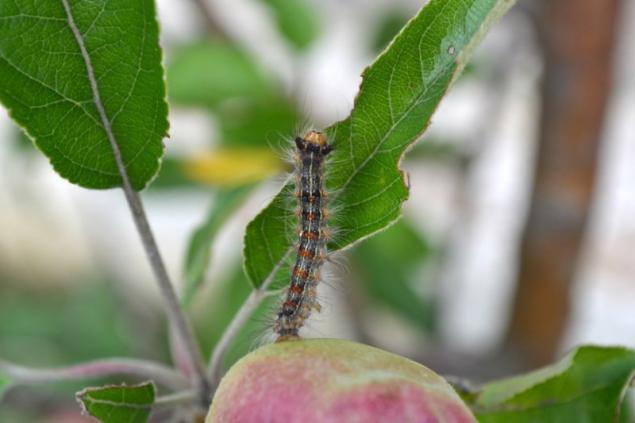
DepositPhotos - Bacterial burn
We recommend to be alert even before the trees begin to curl and fall leaves. The first sign of a bacterial burn is the fall of not foliage, but darkened flowers. The ill-fated disease spreads at lightning speed, and if proper measures are not taken in time, only memories will remain from the orchard. The main assistants in the fight against bacterial burn of apple trees and pears, of course, antibiotics. We immediately warn that you will need a lot of drugs, especially if there are several trees in your garden - everything will have to be treated for preventive purposes. If antibiotics do not help, the affected tree will have to be destroyed before it infects all the other trees in the garden.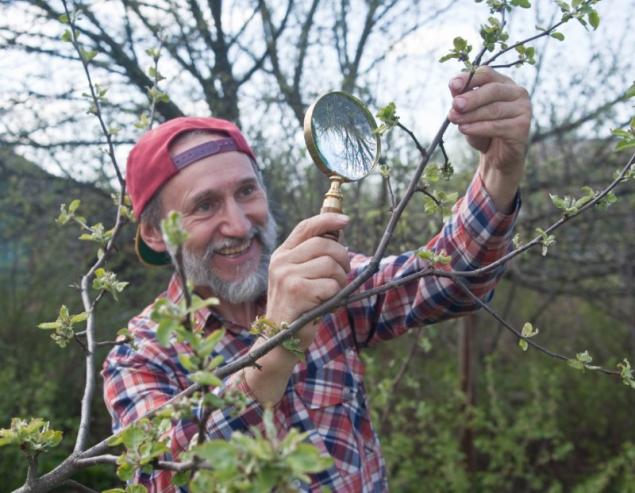
DepositPhotos
Experienced gardeners recommend at least 2 times a week to inspect your garden, do not forget to regularly fertilize the soil and properly saturate it with moisture. In order not to witness the death of your favorite garden, you need to learn as much as possible about the care of your favorite fruit trees and how to protect them from all kinds of pests.
We hope that our article will be useful to you and your friends, if you, of course, share it in social networks. A generous harvest and a healthy garden!
The first guy in the village: who is an alpha male and how this stereotype spoils the life of men
Natural remedies for ubiquitous mosquitoes







